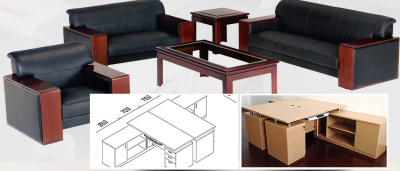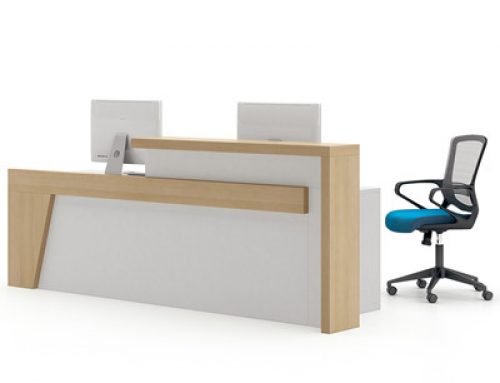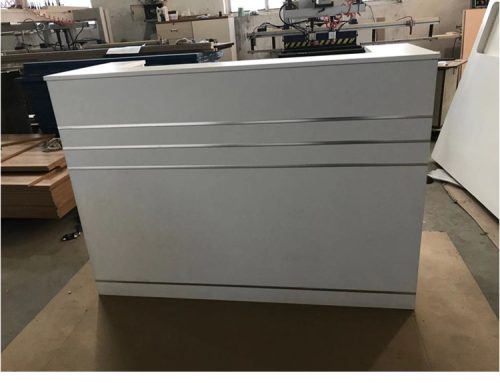The science of a well-designed office chair is rooted in the principles of ergonomics, human biomechanics, and user comfort. The goal is to create a chair that promotes proper posture, reduces the risk of musculoskeletal issues, and enhances overall well-being during extended periods of sitting. Here are some key aspects of the science behind a well-designed office chair:
- Ergonomics: Ergonomics is the study of designing tools, equipment, and environments to fit the capabilities and limitations of the human body. In the context of office chairs, ergonomic design aims to create a chair that supports the body’s natural alignment and movement patterns. This involves adjusting the chair’s dimensions and features to accommodate various body shapes and sizes.
- Biomechanics: Biomechanics examines the mechanics of human movement and the forces acting on the body. A well-designed office chair takes biomechanics into account by providing support to the spine’s natural curves, minimizing pressure points, and allowing for comfortable movement. This reduces the strain on muscles, joints, and ligaments, reducing the risk of injuries.
- Adjustability: A crucial aspect of a well-designed chair is its adjustability. Users have different preferences and body types, so a chair should offer various adjustable features such as seat height, backrest angle, lumbar support, and armrest height. This customization ensures that each individual can find a comfortable and supportive sitting posture.
- Lumbar Support: Lumbar support is critical for maintaining the spine’s natural curve. A well-designed chair incorporates adjustable lumbar support that can be positioned to match the user’s lower back curvature. This support prevents slouching and reduces strain on the lumbar region.
- Seat Design: The seat’s dimensions and contour play a role in distributing body weight and minimizing pressure points. An appropriately designed seat should have a waterfall edge to prevent pressure on the back of the thighs and an optimal depth to accommodate different leg lengths.
- Movement and Flexibility: Movement is essential even while sitting. Well-designed chairs may incorporate features like a dynamic seat that encourages subtle movement, promoting blood circulation and preventing muscle stiffness.
- Material Selection: The choice of materials impacts comfort and durability. Breathable fabrics, mesh, and cushioning materials that distribute pressure evenly contribute to user comfort.
- Synchronized Tilt Mechanism: A well-designed chair often includes a synchronized tilt mechanism that allows the seat and backrest to move together in a coordinated manner. This promotes proper alignment and reduces the risk of straining the neck and back.
- Research and Testing: Manufacturers often conduct research and ergonomic studies to ensure that their chair designs meet the needs of users. This may involve analyzing sitting behavior, conducting user surveys, and collaborating with experts in ergonomics and biomechanics.
- User Feedback and Iteration: The design of office chairs can evolve based on user feedback and ongoing research. Manufacturers may refine their designs to address common issues or introduce new features that enhance user comfort and well-being.
Ultimately, the science of a well-designed office chair is a multidisciplinary approach that combines engineering, biomechanics, ergonomics, and user-centered design to create a product that supports the human body’s natural movements and helps individuals work comfortably and efficiently.






